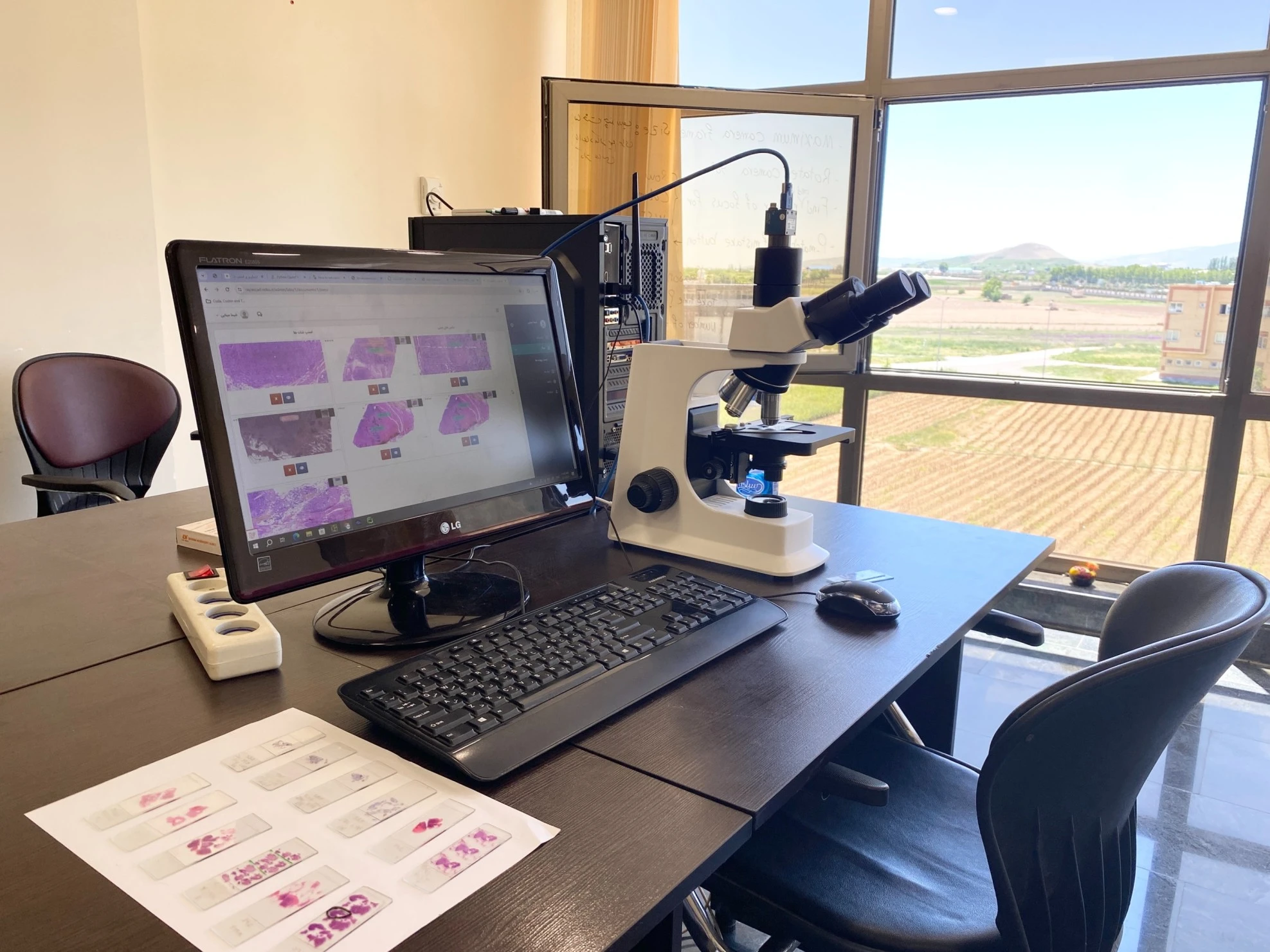What is Digital Pathology?
Digital pathology is the process of converting traditional glass microscope slides into digital images for easier analysis, management, and sharing. Pathologists can view and analyze high-resolution digital images on a computer screen instead of looking at physical slides under a microscope.
Here are some key aspects of digital pathology:
- Slide Scanning: Tissue samples on glass slides are scanned using high-resolution scanners, creating digital versions of the slides.
- Image Storage and Management: Digital images are stored in databases, making it easier to manage large volumes of slides that can be accessed remotely.
- Remote Pathology Consultation: Digital pathology enables remote viewing and telepathology, allowing pathologists in different locations to collaborate.

Digital pathology is revolutionizing traditional pathology by providing more efficient workflows, increased accuracy, and better scalability for clinical and research applications.

.webp)
.webp)